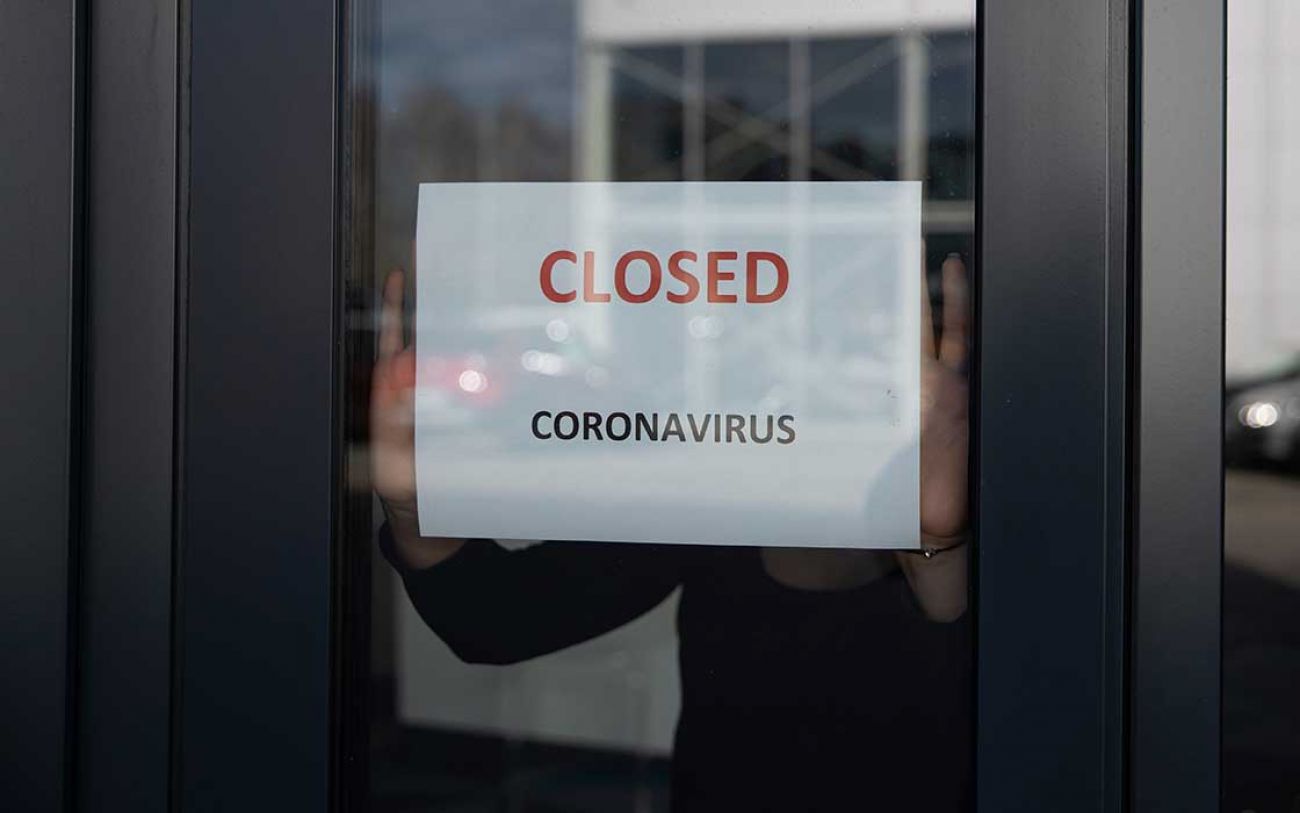Michigan schools already planning for likely ‘rolling closures’ from COVID

Online event: What will K-12 education in Michigan look like this fall? Join us to discuss.
Even before Michigan schools reopen, education leaders are preparing for re-closings — discussing when and how to quarantine entire classrooms of children and how to shutter buildings where there are coronavirus outbreaks.
Despite unprecedented precautions, ranging from face masks for all adults and students in middle and high school, to beefed-up bathroom cleaning protocols, school officials say it’s inevitable that some schools that reopen this fall for face-to-face instruction will have to switch back to remote learning when students or teachers test positive for the potentially deadly virus. That’s already happening in states where schools have opened for the new school year.
“It’s going to happen,” said Randy Liepa, superintendent of Wayne Regional Service Agency, which coordinates services for school districts in Wayne County. “We could have rolling closures,” as schools close for students to quarantine and for deep cleanings, and then reopen.
- Michigan school reopening tracker: Find out if your district is starting in person or online
- Related: Michigan school leaders: We need answers from Lansing now to open
- Whitmer: Michigan school reopening threatened by rising coronavirus cases
- Michigan school districts push back on GOP plan for elementary classes
Michigan’s public and private K-12 school buildings have been closed since mid-March in an attempt to slow the spread of the coronavirus. Homebound students received online lessons or printed packets of homework through the end of the 2019-20 school year in June.
Gov. Gretchen Whitmer released a school reopening plan that allows schools to open their doors to students in the fall with stringent safety requirements. School districts around the state are required to release their own reopening plans by Aug. 15. Already announced plans run the gamut from in-person instruction with an option of online learning, to complete online learning, to hybrid models.
Michigan school leaders have been shaken in recent weeks by sobering news reports from states that have already opened schools. For example:
- In Gwinnett County in Georgia, near Atlanta, 260 school employees tested positive or were in quarantine because of possible exposure in the first week of classes.
- In Corinth, Mississippi, 116 students were sent home because they tested positive for COVID or told to quarantine because of possible exposure, in the first two weeks of school.
- Fourth-graders at a Wake Forest, N.C., elementary school were sent home for 14 days after a student tested positive.
- A central Indiana high school closed two days after opening because at least one staff member tested positive for the virus.
“We’ve gotten to monitor what’s happening in other states,” Liepa said. “My read is, it’s making us pretty uncomfortable.”
Whitmer referenced the increased risk of outbreaks from students returning to classrooms Friday in a news release announcing that she was extending a declaration of emergency for the state through Sept. 4. “States that have reopened schools have already begun to see new cases,” the release said.
Michael DeVault, superintendent of Macomb Intermediate School District, said parents in Macomb County want schools to return to in-person instruction. DeVault said most Macomb districts have delayed “pulling the trigger” on reopening plans until next week, but that as of Friday, he expected most districts to try to reopen their classrooms while also providing an online learning option for families that prefer staying home for now.
“Things could still change,” DeVault said. “Every letter that goes home to moms and dads” emphasizes the uncertainty of the school year, DeVault said.
Rochester Community Schools in Oakland County chose to start the school year online, as did nearby districts in West Bloomfield and Birmingham. In its announcement to families Friday, Birmingham referenced outbreaks in schools in other states.
“We did not feel we could open for a few days and then close down if we had to,” said Rochester Superintendent Robert Shaner. “We wanted a good start on remote so families are comfortable with that if we need to return” to online-only learning.
Liepa said a lot of school districts are now considering a “soft launch” for the school year. Some will start fully online for a few weeks and monitor what happens in districts that bring students back to classrooms. Others are considering bringing back small groups at first, such as special needs students or small cohorts of elementary students, and build from there.
“In terms of closing down, I’m not making predictions about this,” Rochester’s Shaner said. “We’ve never quarantined whole classrooms or figured out how long a teacher should be out if they test positive. We have over 80 medically fragile staff members. If someone comes to work and is sick — say it’s a high school teacher who comes in contact with 120 kids — what do we do? It’s quite a puzzle.”
Helping to piece together that puzzle for schools are county health departments, which are providing guidance about what to do if a student or staff member tests positive.
In Kalamazoo County, the health department recommends schools isolate students who are showing symptoms of coronavirus and have parents pick them up from school and take them to a doctor’s office. If the student tests positive, the health department begins contact tracing to identify and warn others who may have been in close contact with the student.
Jim Rutherford, health officer for the Kalamazoo County Health Department, said his office hasn’t issued cut-and-dried protocols for whether schools should send home a classroom of students when a classmate tests positive.
“I understand the anxiety of parents,” Rutherford said. “I wholeheartedly expect we’ll get some positive cases [in schools]. The good news is that COVID doesn’t have a terrible detriment on people under 18.
“It’s important that people have perspective of where we’re at, and let science help us make good decisions,” Rutherford said.
In Macomb and Wayne counties, county health departments have issued guidance for schools on actions to take in case of coronavirus infections among students or staff. Macomb’s guidance wasn’t immediately available, but in Wayne County, schools are recommended to close if 25 percent of students are in quarantine due to possible exposure.
“I doubt schools will wait till [25 percent] to close,” Liepa said.
The nightmare scenario for school officials is that by the time they discover a student or teacher has COVID-19, the virus has spread across the building. Liepa gave the example of the Florida Marlins major league baseball team, “and they started with one case and in a few days, had 20.” Eighteen players and two coaches tested positive.
“And that’s an organization with unlimited resources” to test and trace, Liepa said. “You can imagine the remarkable anxiety for staff and parents” at a school.
Rochester’s Shaner said a child care center operated by the school district had a possible COVID case this week. Though the person turned out to test negative, the district spent hours contact tracing and communicating with parents of 30 students.
The time and effort increases “exponentially” this fall if a student in a crowded high school tests positive.
“We’re way underestimating the complexity of this situation,” Shaner said. “God, I hope this chaos doesn’t last for a year, but it could.”
Michigan Education Watch
Michigan Education Watch is made possible by generous financial support from:
Subscribe to Michigan Education Watch
See what new members are saying about why they donated to Bridge Michigan:
- “In order for this information to be accurate and unbiased it must be underwritten by its readers, not by special interests.” - Larry S.
- “Not many other media sources report on the topics Bridge does.” - Susan B.
- “Your journalism is outstanding and rare these days.” - Mark S.
If you want to ensure the future of nonpartisan, nonprofit Michigan journalism, please become a member today. You, too, will be asked why you donated and maybe we'll feature your quote next time!






